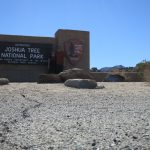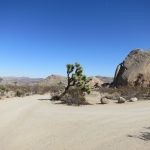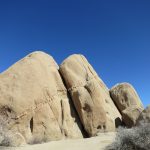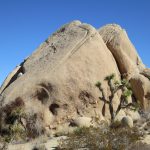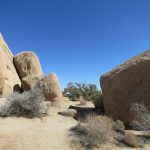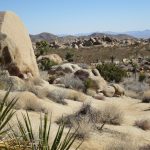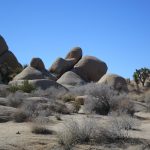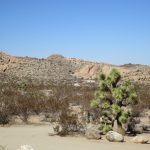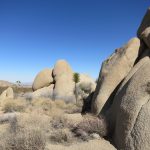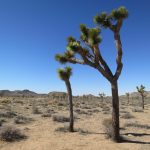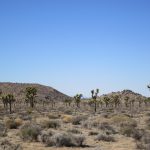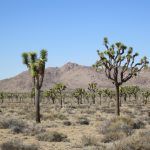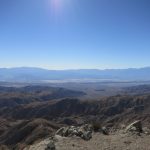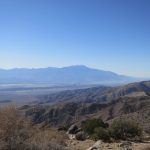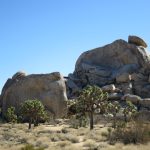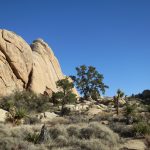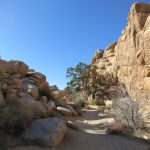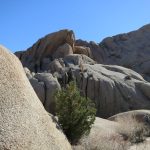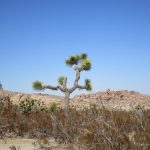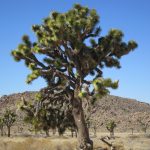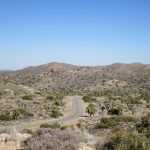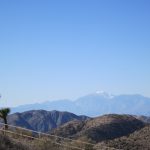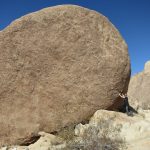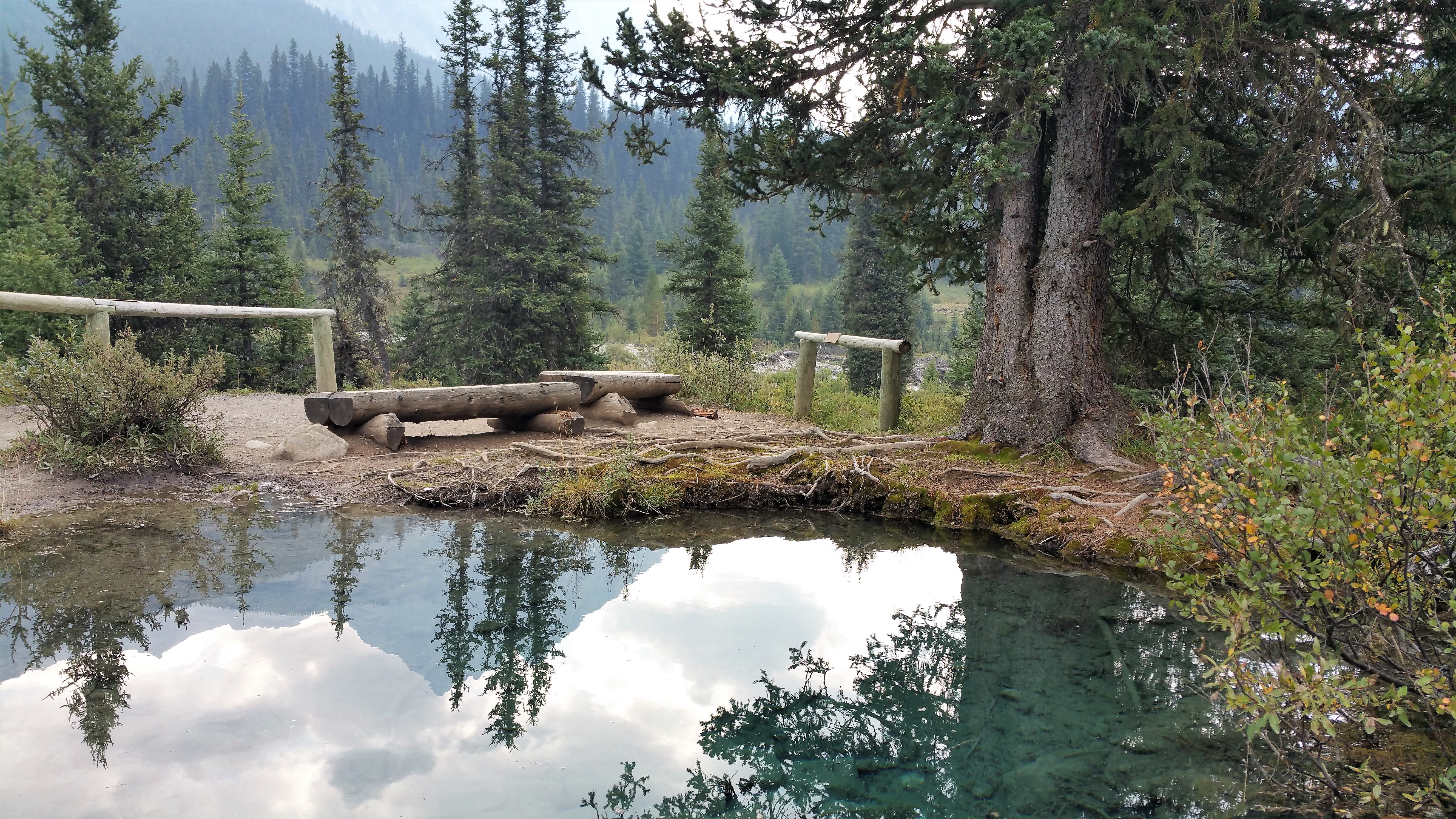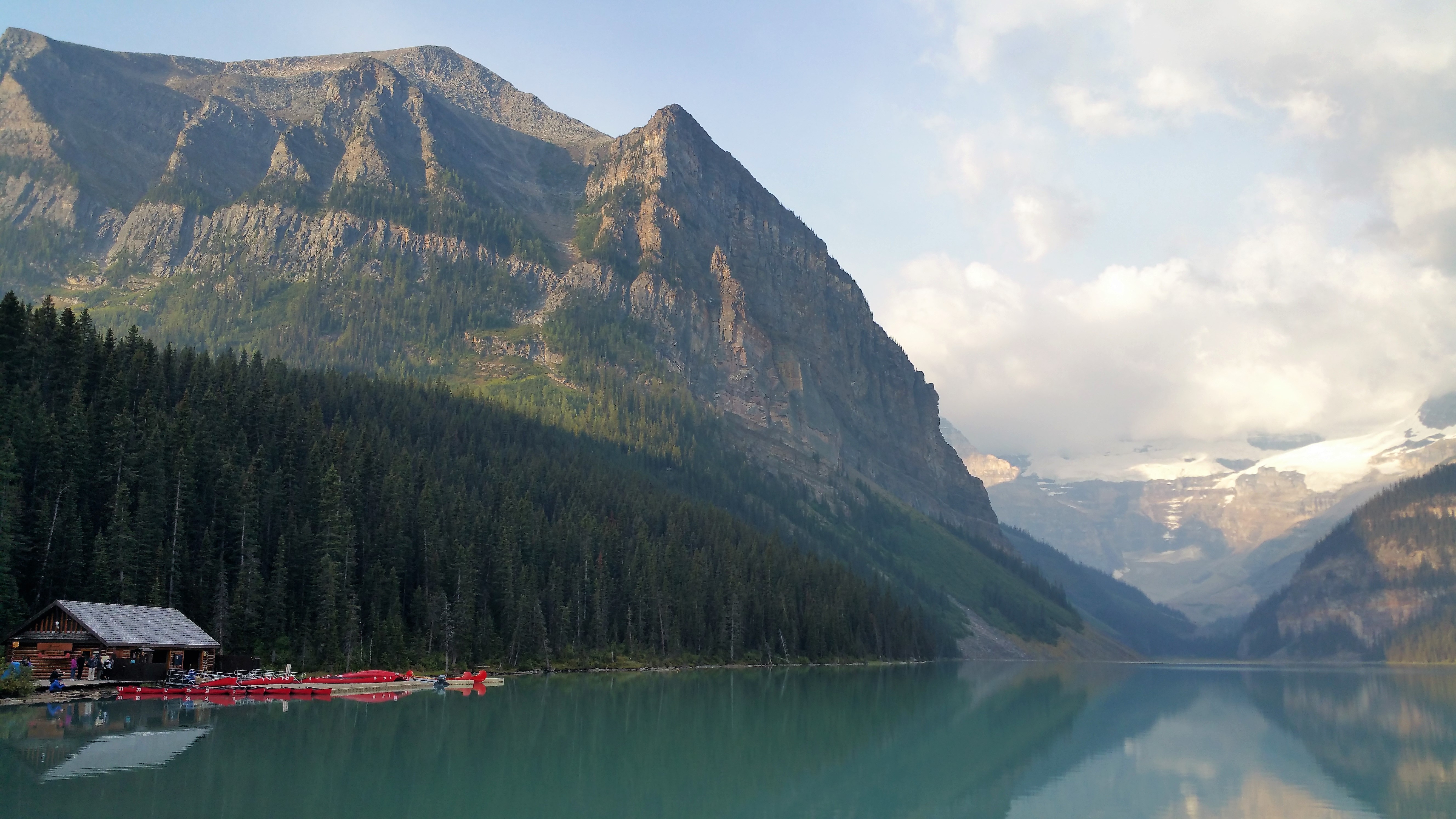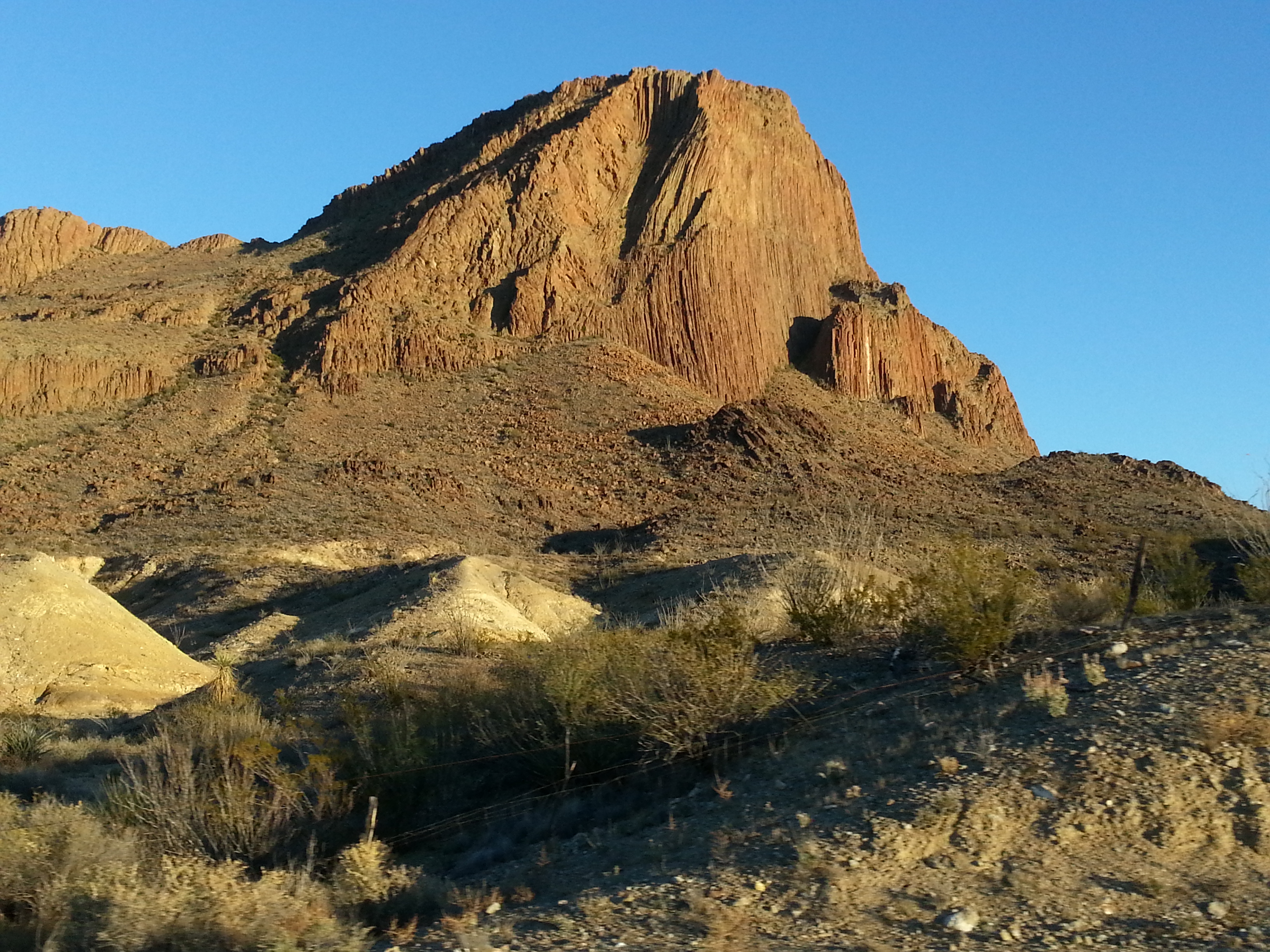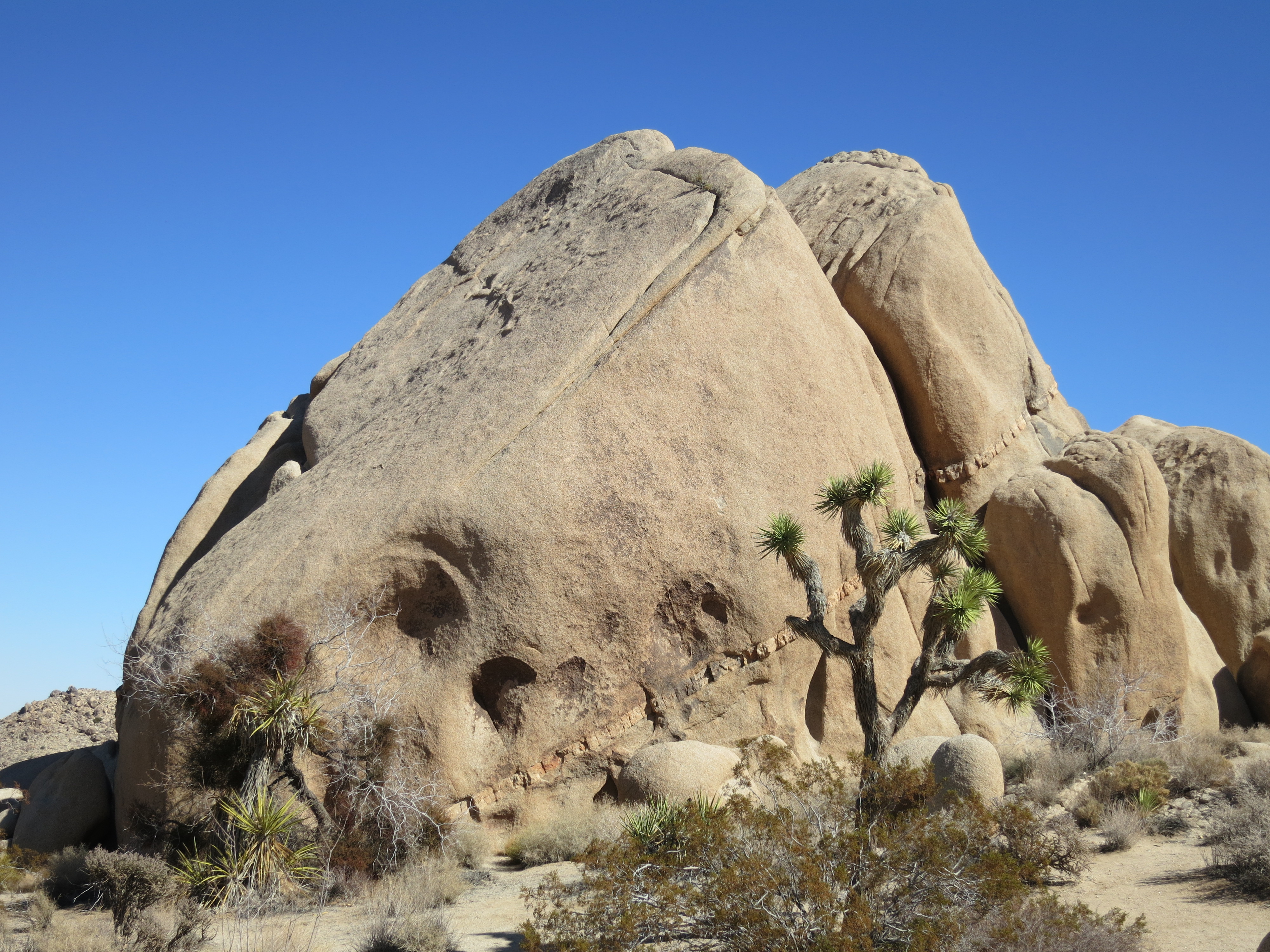
Joshua Tree National Park- Joshua Tree, CA
Summer is prime time for road trips, and among the most popular destinations are our National Parks. The well known big hitters get the lion’s share of traffic; Yellowstone, Yosemite, and the Grand Canyon see tens of thousands of tourists a day. Over 900,000 people visited Yellowstone in July alone last year. Which is madness. But there are always options, such as visiting off season, or choosing a less popular park. Joshua Tree is a perfect example, and a perfect park for desert fans.
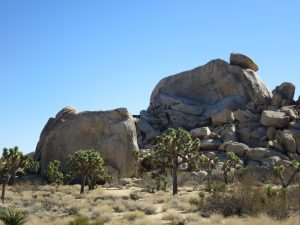
Even during its busiest month, Joshua Tree is much quieter than some other parks. If you are hell bent on a summer park vacation, you could visit then; however, conditions will be somewhat hellish. It is a desert after all. Of course you could always hike in the early morning hours, and make it back to your Palm Springs pool before the temperature reaches the triple digits. Or you could visit in the winter, when the weather is divine. Although busier, at over 790,636 acres, most park trails won’t be too crowded even during peak season.
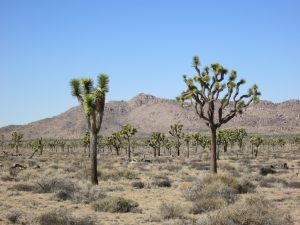
First and foremost, the park’s focus is on the trees; thousands upon thousands of Joshua Trees, as the park’s name would suggest. Technically, the Yucca brevifolia is a tree like plant, a member of the agave family, but that is just splitting hairs. Native to arid regions of the southwest, its habitat is largely dictated by elevation. Very specifically, it only grows between 1300 and 5900 feet in elevation, which largely limits its natural habitat to desert regions of California, Arizona, Nevada and Utah.
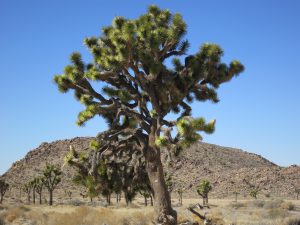
These lovely Seussian trees can live for hundreds of years, growing about 3 inches a year in their youth, then slowing down a bit after a their first decade. They have time after all. They are found throughout the park, but dense stands tend to be the most dramatic. In this case, more is absolutely better. There are several locations along Park Boulevard around the Split Rock area to see large groupings. While you are there, the loop trial is a must; which brings us to the parks second star: the boulders.
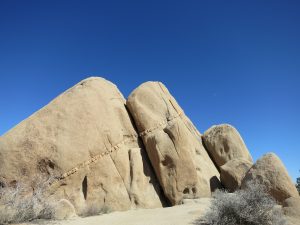
Joshua Tree is also a geological wonderland, every bit as dramatic as other western parks. Natural sculptures rise from the desert floor, in stark contrast to the cloudless azure sky. Amazing. They have a pretty interesting history as well; formed when tectonic plates collided over 200 million years ago, volcanic processes produced underground molten intrusions which were eventually exposed via erosion.
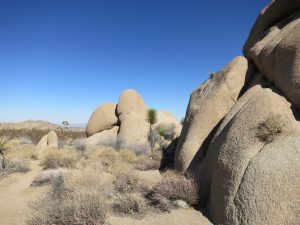
Once on the surface, the elements went to work on the granite and gneiss, resulting in what we see today. Which is not only fascinating, but covers just about every topic taught in a geology class.
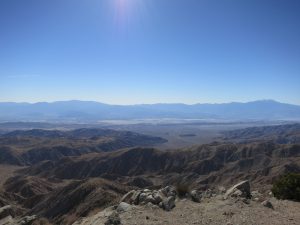
Oh, but there’s more. If you drive up to Key’s View, which you absolutely should, you can actually see the San Andreas Fault. Which is about as active and exciting as transform faults get. The boundary between the North American Plate and the Pacific Plate, the plates here are moving horizontally at a rate of about 1 inch a year. So unless you happen to be atop the overlook when an earthquake occurs, you won’t see any movement. But, if that does happen, at least its unlikely anything will fall on you up there.
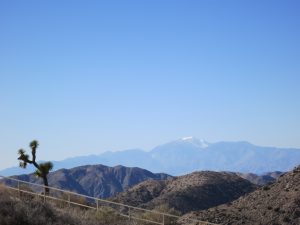
In addition to the fault, you can see over to the snow capped San Gorgonio Mountain, as well over to the Salton Sea. Absolutely breathtaking. It is a fun drive as well, very much worth the detour off the main road.
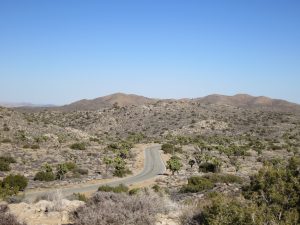
Back on Park Road, there are several easy hikes that bring you deeper into the desert, and up close to some of the more famous rock formations. If you are into rock climbing or even watching others scale rock faces, this is your place, particularly over by Hidden Valley, Sheep Pass and Split Rock.
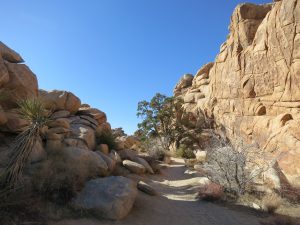
There are several camping areas located inside the park, which I have to imagine are perfect for stargazing. You can hit the park highlights in a day, but you could certainly spend much longer the area. If you enjoy geology, you may never leave. The one thing you won’t find however is the tree from the seminal U2 album; the famous fellow lived in Darwin, California, until he died in 2000. It has since collapsed, but it still visited by fans.
